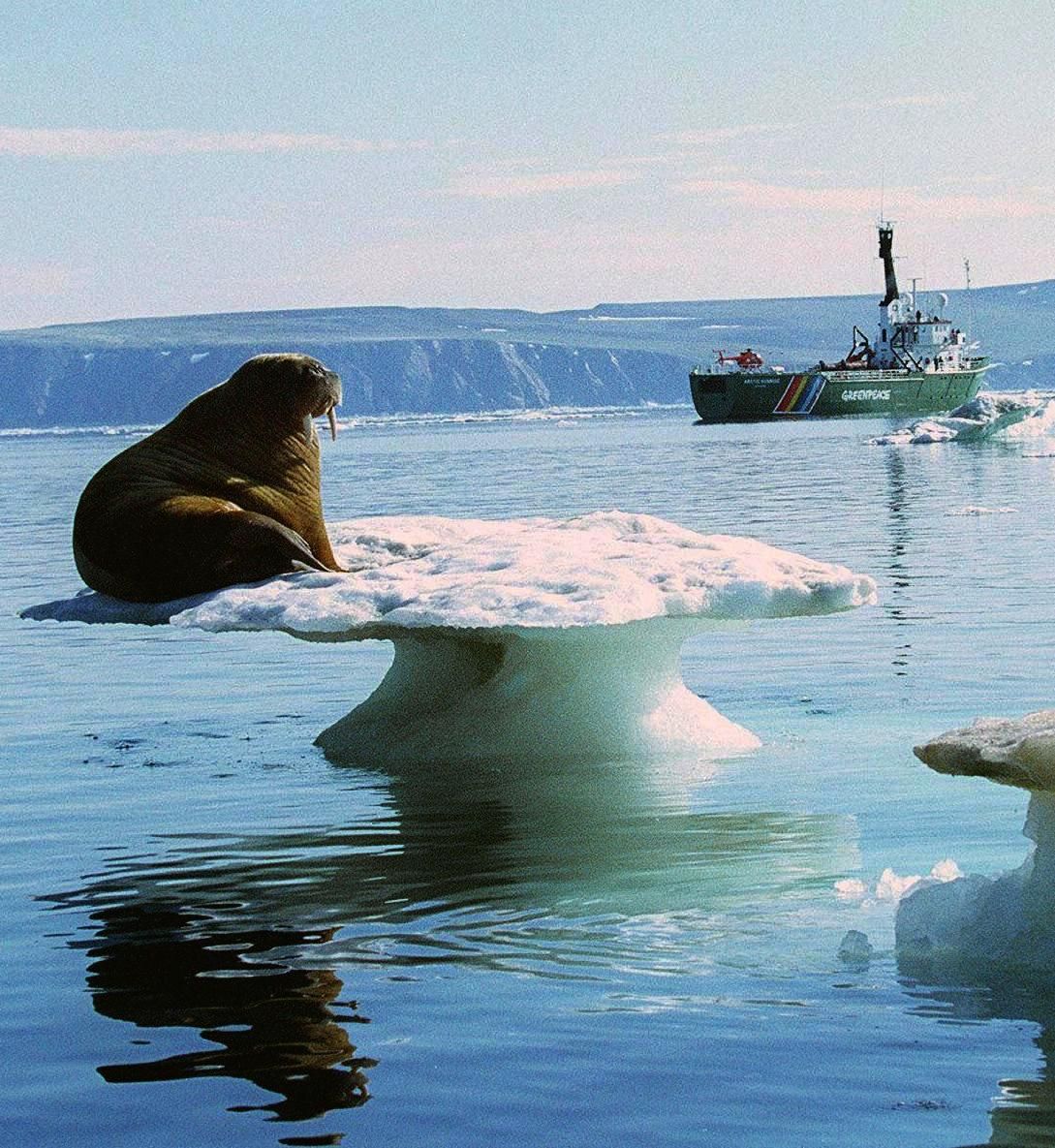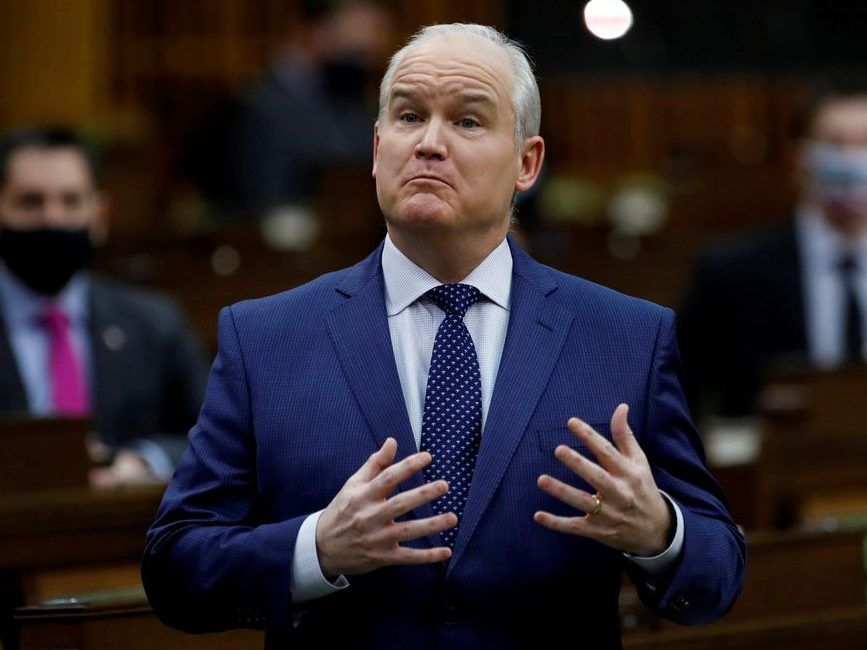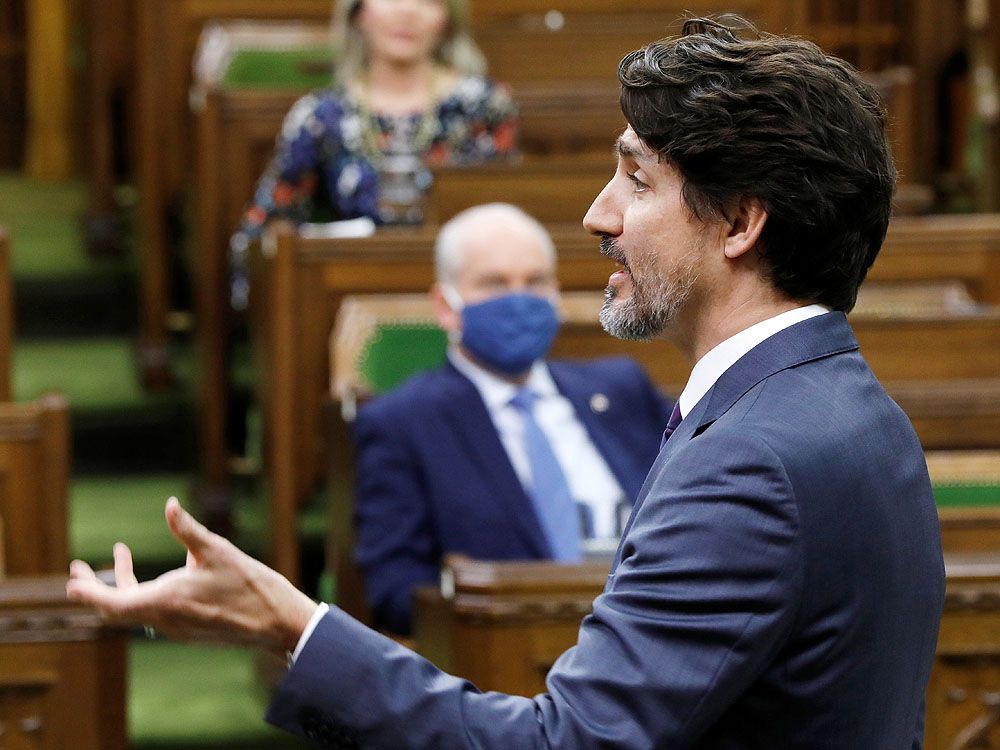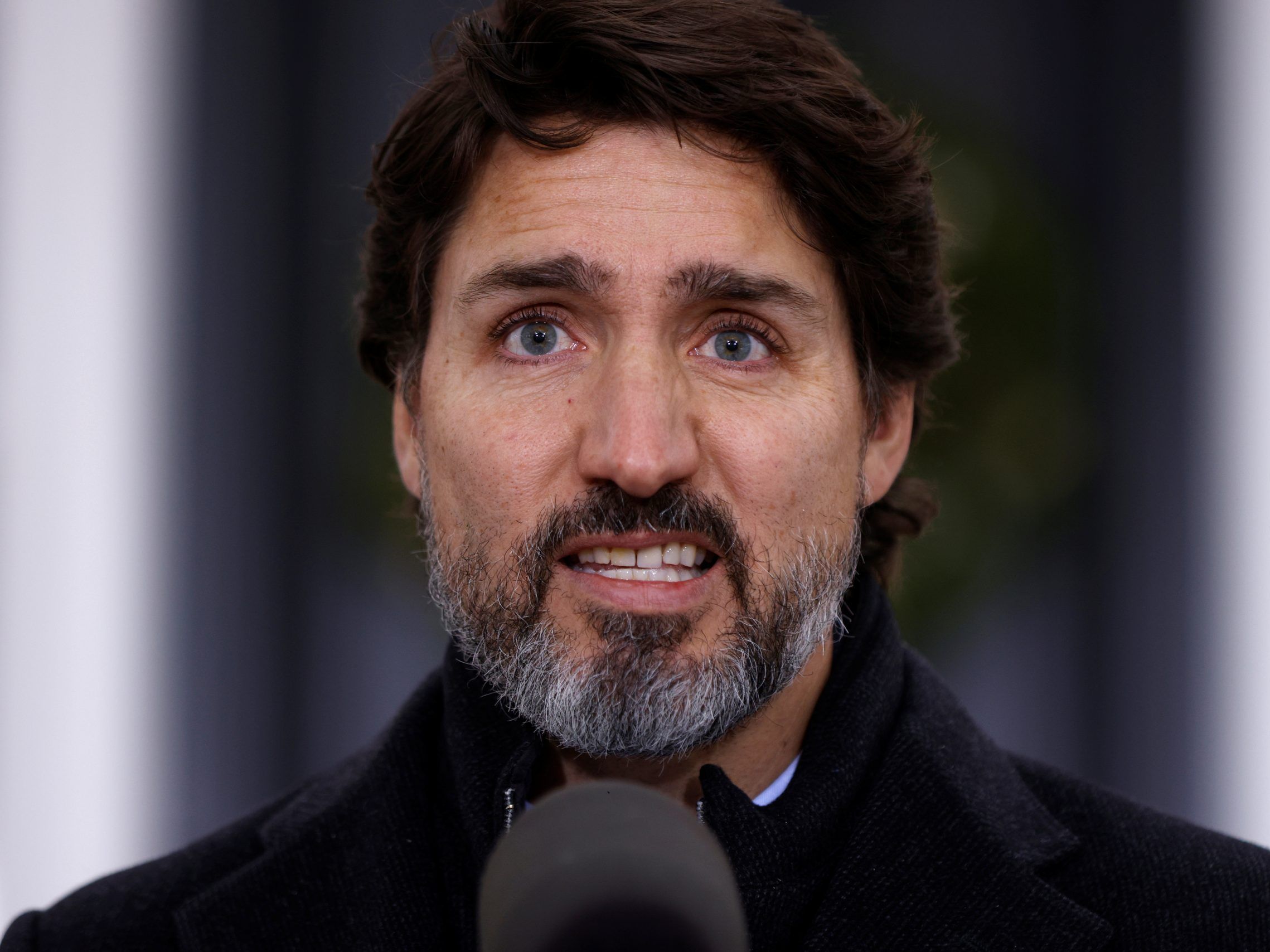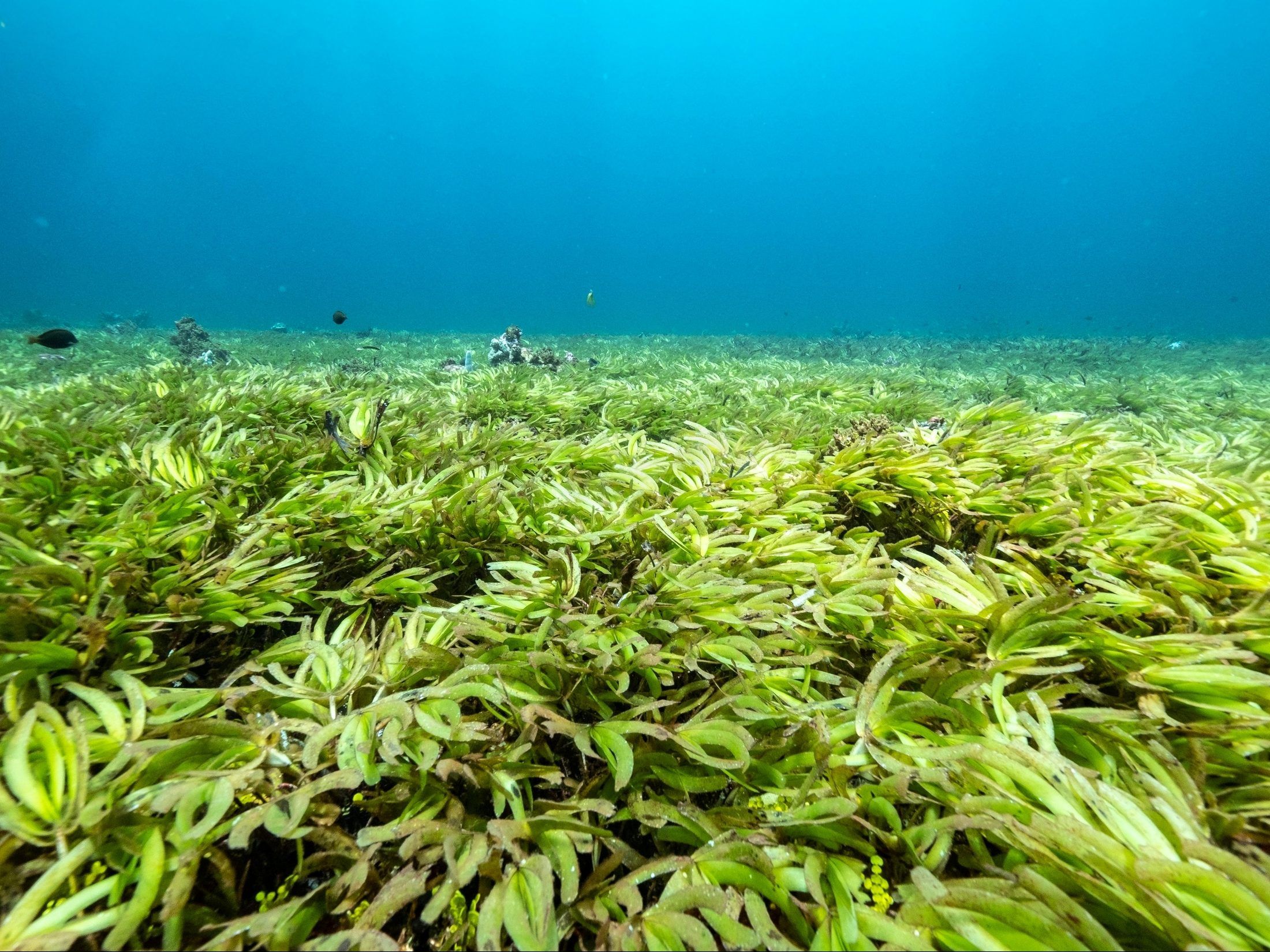Internal audit: Federal climate bureau spends $615 million
Author of the article ostmedia News
ostmedia News
Publishing date:Mar 08, 2021 • 21 hours ago • 1 minute read • comment bubble5 Comments
Internal auditors have put a whopping $615-million price tag on the 2020 operations of the environment department’s Pan-Canadian Framework Implementation Branch, essentially a federal climate bureau.
Internal auditors have put a whopping $615-million price tag on the 2020 operations of the environment department’s Pan-Canadian Framework Implementation Branch, essentially a federal climate bureau. PHOTO BY ISTOCK /GETTY IMAGES
Article content
Internal auditors have put a whopping $615-million price tag on the 2020 operations of the environment department’s Pan-Canadian Framework Implementation Branch, essentially a federal climate bureau.
And apparently that doesn’t include $800,000 annually for eight managers to monitor carbon offset regulations according to Blacklock’s Reporter.
Canadians are driving less, and aren't planning to buy a new vehicle soon
Trackerdslogo
The branch’s office had 83 employees and spent $614,897,338 including $605 million on grants and subsidies, $7.9 million on salaries and $1.8 million for overhead and administration.
And even more money is required to manage a voluntary Federal Greenhouse Gas Offset System.
Another eight people are needed to monitor emissions there said Peter Lamey, the director of issues management for the Environment Department.
Employees would make sure that industries volunteering for the program “achieve real, additional, quantified, verified, unique and permanent” emission cuts.
The Offset System would allow industries to buy and swap carbon credits in a location and way that wasn’t explained.
“It is challenging to forecast the extent to which the proposed regulations would lead to net greenhouse gas reductions,” said the analysis statement.
“The Federal Greenhouse Gas Offset System is another tool we’re using to combat climate change and create a cleaner, healthier future,” Environment Minister Jonathan Wilkinson said in a statement.
“The system will encourage cost-effective climate emission reductions right here in Canada.”

 torontosun.com
torontosun.com
Author of the article
Publishing date:Mar 08, 2021 • 21 hours ago • 1 minute read • comment bubble5 Comments
Internal auditors have put a whopping $615-million price tag on the 2020 operations of the environment department’s Pan-Canadian Framework Implementation Branch, essentially a federal climate bureau.
Internal auditors have put a whopping $615-million price tag on the 2020 operations of the environment department’s Pan-Canadian Framework Implementation Branch, essentially a federal climate bureau. PHOTO BY ISTOCK /GETTY IMAGES
Article content
Internal auditors have put a whopping $615-million price tag on the 2020 operations of the environment department’s Pan-Canadian Framework Implementation Branch, essentially a federal climate bureau.
And apparently that doesn’t include $800,000 annually for eight managers to monitor carbon offset regulations according to Blacklock’s Reporter.
Canadians are driving less, and aren't planning to buy a new vehicle soon
Trackerdslogo
The branch’s office had 83 employees and spent $614,897,338 including $605 million on grants and subsidies, $7.9 million on salaries and $1.8 million for overhead and administration.
And even more money is required to manage a voluntary Federal Greenhouse Gas Offset System.
Another eight people are needed to monitor emissions there said Peter Lamey, the director of issues management for the Environment Department.
Employees would make sure that industries volunteering for the program “achieve real, additional, quantified, verified, unique and permanent” emission cuts.
The Offset System would allow industries to buy and swap carbon credits in a location and way that wasn’t explained.
“It is challenging to forecast the extent to which the proposed regulations would lead to net greenhouse gas reductions,” said the analysis statement.
“The Federal Greenhouse Gas Offset System is another tool we’re using to combat climate change and create a cleaner, healthier future,” Environment Minister Jonathan Wilkinson said in a statement.
“The system will encourage cost-effective climate emission reductions right here in Canada.”

Internal audit: Federal climate bureau spends $615 million
Auditors have put a $615 million price on the 2020 operations of the environment department’s Pan-Canadian Framework Implementation Branch.


